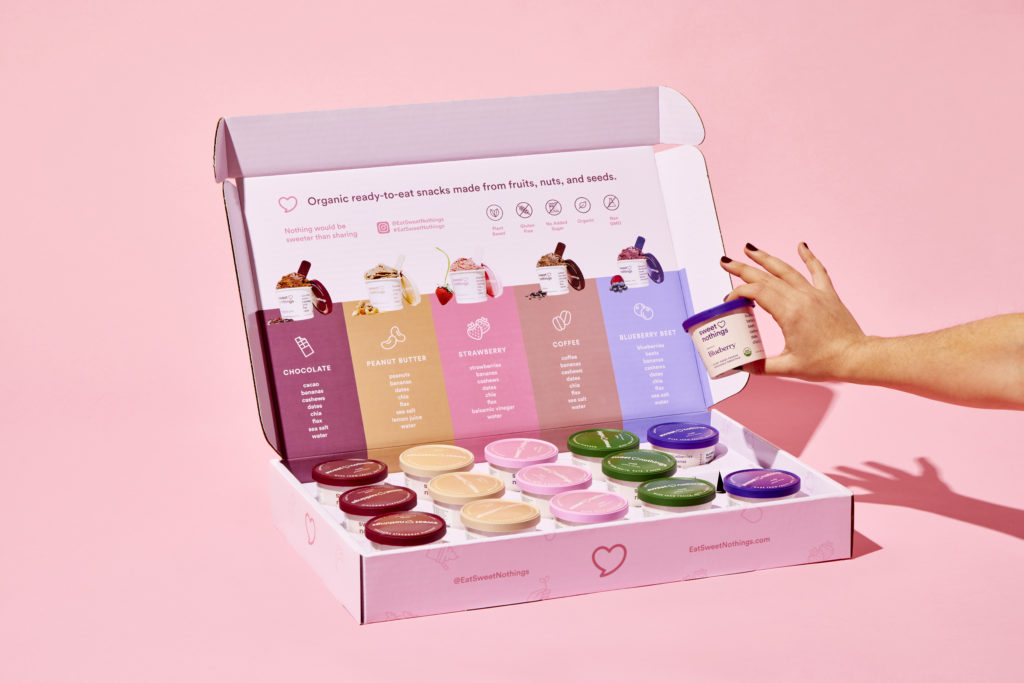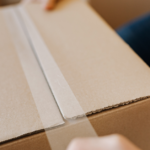When it comes to hotels and hospitality, first impressions are everything. Enter packaging — the unsung hero that ensures your products arrive intact, look fabulous, and scream, “Stay with us again!” Whether it’s a mini shampoo bottle or a room service meal, the right packaging can make a world of difference. Ready to dive into why packaging is more than just a pretty box? Let’s unpack its importance.
Why is packaging important?
Packaging is crucial as it serves multiple roles that extend beyond merely containing the product. Here’s a few of the most important ones:
- Protection: Packaging shields products from damage during transit and storage, ensuring they reach customers in perfect condition.
- Safety: It ensures that contents remain uncontaminated and safe for use, crucial in maintaining health standards.
- Compliance: Proper packaging meets legal requirements and industry standards, avoiding potential legal pitfalls.
- Marketing: Packaging acts as a promotional tool that conveys brand messaging and attracts customers with its design and information.
- Convenience: It enhances usability for both customers and staff by providing easy handling, storage, and disposal options.
What are the purposes of packaging?
Packaging serves several essential purposes that are vital to product integrity and marketability.
- Preservation: Packaging keeps products fresh and extends their shelf life, essential for consumables.
- Containment: It securely holds products, preventing spills and losses, especially important for liquid or loose items.
- Transportability: Good packaging facilitates easy and safe transport, reducing the risk of damage during delivery.
- Information: Packaging provides essential details such as usage instructions, ingredients, and expiry dates, helping customers make informed decisions.
- Brand Identity: Thoughtfully designed packaging helps in building and reinforcing brand recognition and loyalty.
What are the different functions of product packaging?
- Protection: Prevents physical damage and contamination, maintaining product integrity.
- Communication: Conveys brand values and essential product information, enhancing transparency and trust.
- Convenience: Improves user experience with features like resealable closures and easy-open tabs.
- Promotion: Attracts customers through eye-catching designs and promotional messages, driving sales.
- Sustainability: Reflects environmental responsibility with eco-friendly materials and designs, appealing to eco-conscious consumers.
How does packaging improve customer experience?

Packaging plays a pivotal role in enhancing the overall customer experience. From unboxing to daily use, here’s how packaging can make a lasting impression on your guests.
- Unboxing Experience: Creates a memorable and positive first impression, enhancing customer satisfaction.
- Ease of Use: Features like easy-open tabs or resealable zippers improve functionality, making the product more user-friendly.
- Aesthetic Appeal.: Visually appealing packaging enhances the perceived value of the product, making it more attractive to customers.
- Informative: Provides clear and useful information that guides the user, reducing confusion and enhancing user experience.
- Sustainability: Eco-friendly packaging appeals to environmentally conscious consumers, boosting the brand’s reputation and loyalty.
How does packaging impact customer purchasing decisions?
- Visual Appeal: Attractive designs capture attention and differentiate products on the shelf, influencing purchase decisions.
- Brand Recognition: Consistent packaging design helps in building brand loyalty and recognition, making customers more likely to repurchase.
- Trust and Quality: High-quality packaging conveys a sense of trust and reliability, reassuring customers of the product’s value.
- Functionality: Practical features like resealability and portion control influence purchase choices, enhancing convenience.
- Environmental Consciousness: Eco-friendly packaging can be a decisive factor for environmentally aware consumers, reflecting the brand’s commitment to sustainability.
What are the key considerations for effective product packaging design?
Effective packaging design requires careful consideration of various factors. Here are the key elements to focus on to ensure your packaging is both functional and appealing.
- Material Selection: Choosing the right materials for durability and sustainability, balancing cost and environmental impact.
- Design and Branding: Creating a visually appealing design that aligns with brand identity and attracts target customers.
- Functionality: Ensuring the packaging is user-friendly and meets the needs of the target audience, enhancing convenience and satisfaction.
- Cost Efficiency: Balancing quality and cost to stay within budget without compromising on essential features or aesthetics.
- Compliance and Safety: Adhering to industry regulations and safety standards, ensuring the packaging is safe and compliant with legal requirements.
And there you have it, the packaging playbook for hospitality pros. From keeping products pristine to dazzling guests with design, packaging is the secret sauce that enhances the customer experience. Remember, in the grand hotel of life, it’s the little details like perfect packaging that keep guests coming back for more. So, go ahead, wrap it up right, and watch your brand shine!





